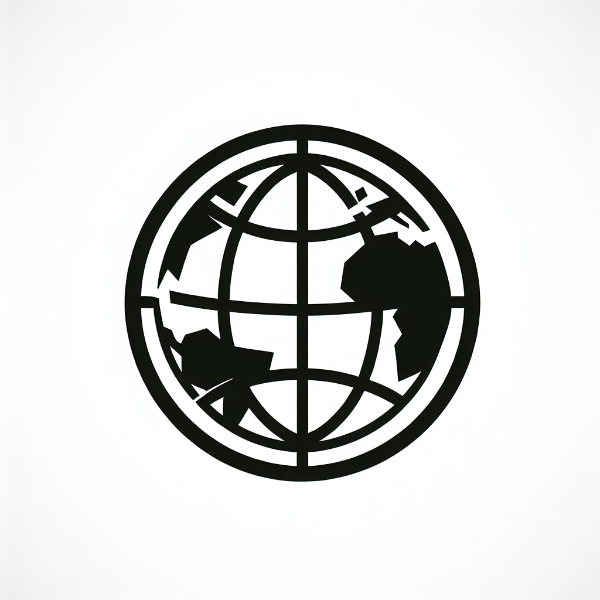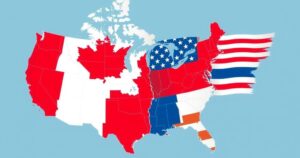Pandas and Politics: The Ideological Role of Zoos Across History
- President Trump’s executive order could shift focus to zoos.
- Zoos have historically conveyed political ideologies and narratives.
- World War II zoos faced pressure to align with state interests.
- Cold War pandas represented geopolitics rather than just wildlife.
- The National Zoo now unveils new giant pandas as symbols of diplomacy.
The Intersection of Politics and Zoo Ideology
From War to Ideology: The Role of Zoos in Society Over the decades, zoos have not just been about providing a place for animals and humans to co-exist; they’ve long been intertwined with political narratives and ideologies, shaping public sentiment in subtle yet impactful ways. This connection was especially pronounced through major historical events like World War II and the Cold War. With President Donald Trump’s recent executive order, zoos are once again in the political spotlight, as he seeks to review and perhaps correct the perceived ideological bias prevalent in institutions like the Smithsonian, which includes the National Zoo in Washington, D.C. The order, which Trump says aims to restore “truth and sanity” at federal centres, raises questions about the growing intersection of politics and public perceptions of zoos.
Zoos and War: An Ideological Framework
Zoos Under Scrutiny: Historical Context The suggestion that zoos might be conveying improper ideologies might come off as humorous to some, but as a scholar who studies the cultural impact of wars, I see a different picture. Historically, zoos have not been neutral entities; they often served as instruments of state ideology. From the early years of World War II, zoos faced pressure to prioritise national interest over animal welfare, which led to drastic measures such as the culling of animals deemed potentially dangerous during wartime. The infamous case of the London Zoo, for instance, saw over 200 animals put down in anticipation of possible escape during bombs falling, revealing a tension where animal welfare was sacrificed at the altar of state security.
Giant Pandas: Symbols of Soft Power
Cold War Pandas and National Image Fast forward to the Cold War era, where zoos adapted to the shifting ideologies of their respective governments. The Berlin Zoo stood as a divided symbol of capitalism and communism, while pandas became an emblem of geopolitical relations. The U.S. government’s denial of panda imports from China was a reflection of Cold War tensions—these animals were regarded as ‘enemy goods’. That narrative changed when President Nixon brokered a deal in 1972, bringing pandas back to American soil as a gesture of goodwill. Today, we see this relationship continuing, with new giant panda arrivals at the National Zoo in D.C., highlighting how these charismatic animals serve not only as attractions but also as political pawns in international relations.
The evolving relationship between zoos and politics illustrates the complex dynamics at play, from World War II’s ideological sacrifices to Cold War posturing with giant pandas. As Trump re-examines zoo teachings, it begs the question: are museums and zoos merely innocent guardians of wildlife, or do they embody deeper ideological messages? Understanding this duality is essential as we engage with these institutions today.




